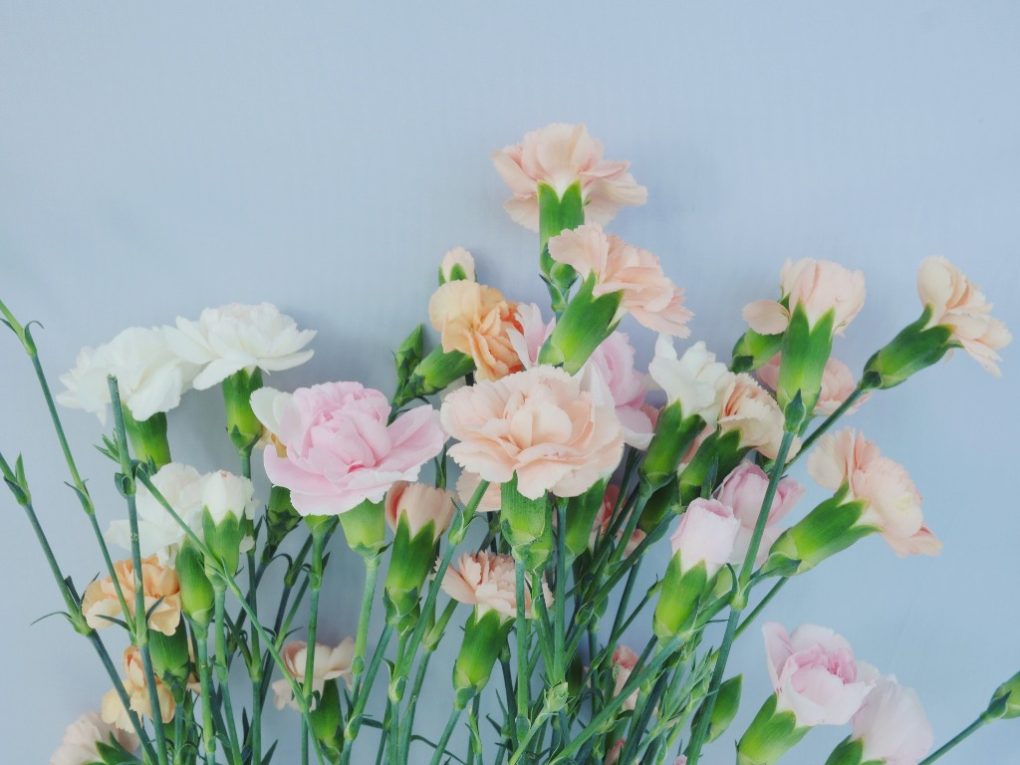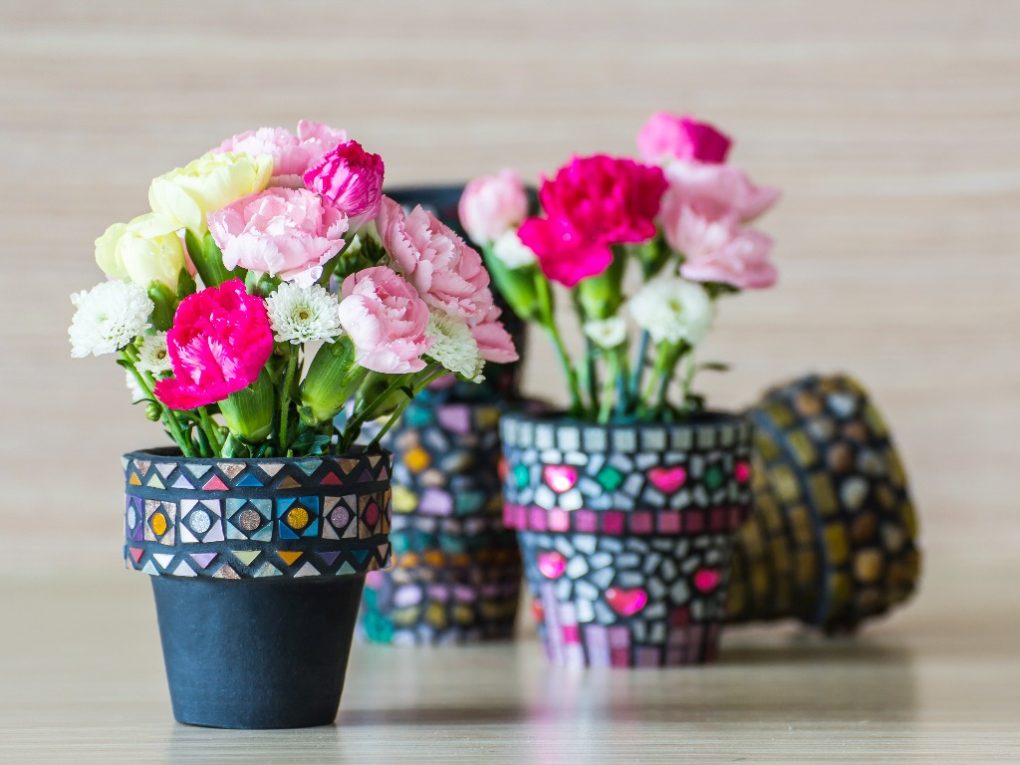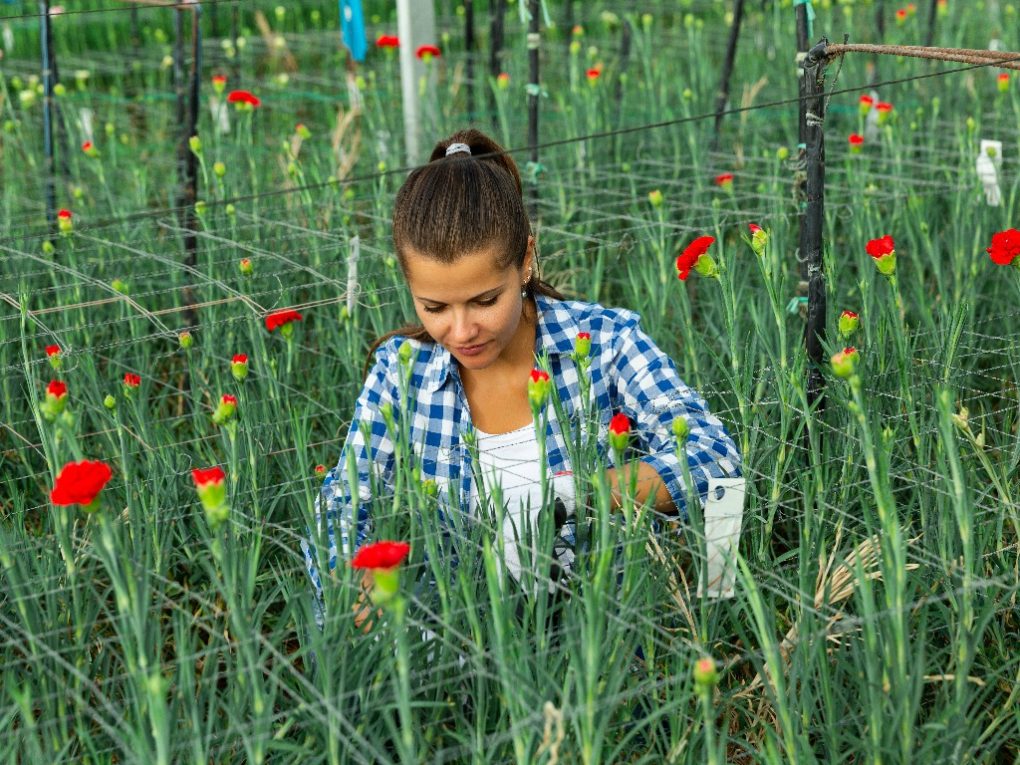Are Carnations Annuals or Perennials: A Comprehensive Guide
Carnations can be either annuals or perennials, depending on the specific variety and growing conditions. Some carnation varieties are grown annually, meaning they complete their life cycle in a single growing season. These varieties are often used for cut flowers or as bedding plants and are typically grown from seed or propagated from cuttings each year.

Carnations are beloved flowers that have been popular for centuries. They are often used in bouquets, corsages, and other floral arrangements; however, many people are still determining whether carnations are annuals or perennials. The answer is that they can be both.
Carnations are a type of dianthus, a genus of flowering plants that includes around 300 species. The most commonly cultivated species is Dianthus caryophyllus, which is carnation. This plant is native to the Mediterranean region but is now grown worldwide.
Table of Contents
Annual vs. Perennial
Carnations are popular for gardens and floral arrangements, but many are still determining whether they are annuals or perennials. Knowing the difference between annuals and perennials can help you decide which plants to grow in your garden.
Definition
According to Pennsylvania State University, annuals are plants that complete their life cycle in one growing season. They grow from seed, produce flowers, and die all in one year. Perennials, on the other hand, live for more than one growing season. They may wither back to the ground in the winter, but they will regrow from the same root system the following spring.
Characteristics
Annuals have a shorter lifespan than perennials but often produce more flowers. They are also typically easier to grow from seed, making them a good choice for beginner gardeners. Perennials may take longer to establish themselves in the garden, but they can provide years of beauty with proper care.

Annuals are often used for seasonal color in gardens and containers. They can be easily changed out from year to year to provide a fresh look. Perennials, on the other hand, can provide a more permanent structure to a garden. They can be used as a foundation for the garden, with annuals added for seasonal color.
When it comes to maintenance, annuals may require more attention than perennials. Because they only live for one growing season, they must be replanted yearly. They also may require more water and fertilizer to produce their abundant blooms. On the other hand, perennials may require less water and fertilizer once established, but they may need to be divided every few years so they can be kept healthy.
Factors Affecting Carnation Life Cycle
Temperature
Temperature, including carnations, is a key factor affecting plants’ growth and development. Carnations are cool-weather plants that prefer moderate temperatures, with the ideal range between 50-70°F (10-21°C).
High temperatures can cause carnation plants to bolt or flower prematurely, reducing the quality and quantity of blooms. High temperatures can also cause the plant to become stressed and more susceptible to disease and pests.
Low temperatures can also affect the growth and development of carnations. When temperatures are too cold, the plant’s growth can slow down and may not produce flowers as quickly or abundantly. Cold temperatures can also lead to frost damage, which can cause the leaves and flowers to turn black and wilt.
Light
Light is another important factor affecting carnation plants’ growth and development. Carnations require full sun to thrive and typically require at least 6 hours of direct sunlight daily.
To ensure that carnation plants receive enough light, they must be planted in a location that receives full sun for most of the day. If the location does not receive full sun, it is possible to supplement the light by using grow lights or moving the plants to a location that receives more light.
Soil
Soil is another crucial factor that can affect the growth and development of carnation plants. Carnations prefer well-draining soil that is rich in organic matter.
If the soil is too heavy or poorly drained, the roots of carnation plants may become waterlogged, leading to root rot or other fungal diseases. On the other hand, if the soil is too sandy or lacking in organic matter, it may not hold enough moisture or nutrients to support the plant’s growth.

To ensure that the soil is well-suited for carnation plants, it is important to prepare it before planting. This can be done by adding organic matter such as peat moss, compost, or well-rotted manure to improve soil fertility, texture, and structure. It is also important to ensure the soil drains well to avoid waterlogged conditions.
Water
Water is another crucial factor affecting carnation plants’ growth and development. Carnations require consistent moisture to grow and produce healthy blooms.
If the plants receive too little water, they may wilt and become stressed, and the flowers may be small or fail to open. On the other hand, if the plants receive too much water, the roots may become waterlogged, leading to root rot or other fungal diseases.
To ensure that carnation plants receive the right amount of water, it is important to water them deeply and regularly, especially during dry periods. The frequency of watering will depend on the weather conditions and soil type. Therefore, keeping the soil dry out completely but not overwater is important.
Fertilizer
Fertilizer is another important factor affecting carnation plants’ growth and development. Carnations require a balance of nutrients to grow and produce healthy blooms.
If the plants do not receive enough nutrients, they may have stunted growth, produce fewer blooms, or have smaller flowers. But based on my experience, if they receive too much fertilizer, it can cause overgrowth and damage to the roots, leading to poor growth and health of the plant.
To ensure that carnation plants receive the proper balance of nutrients, it is important to fertilize them regularly during the growing season. A balanced fertilizer with a ratio of 10-10-10 or 20-20-20 can provide the necessary nutrients. The frequency of fertilization will depend on the soil type, plant growth, and weather conditions.
